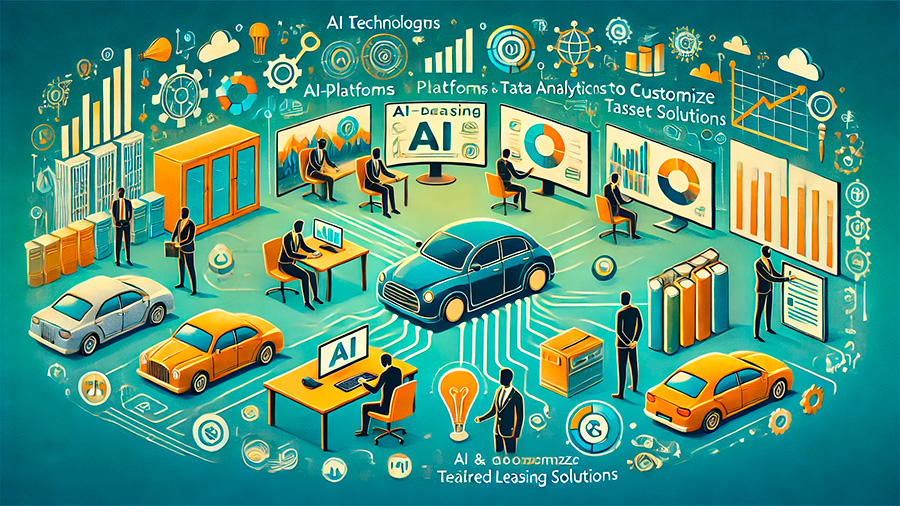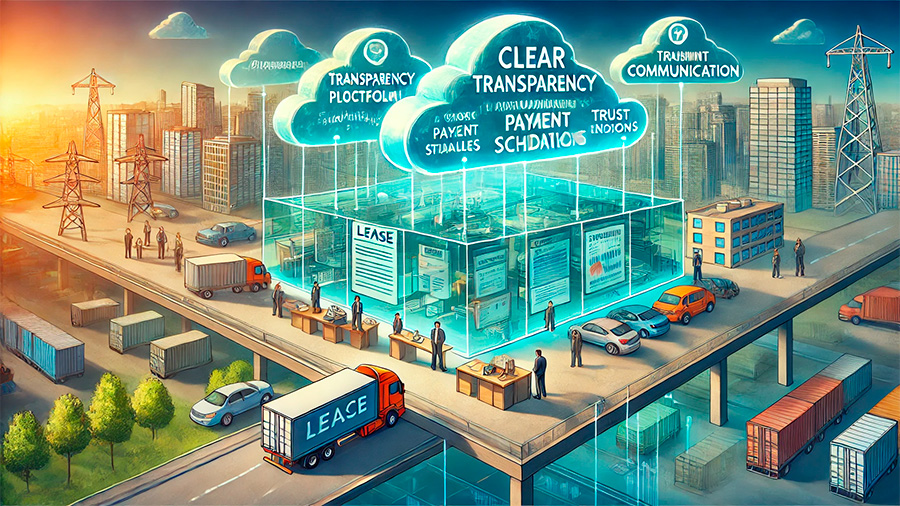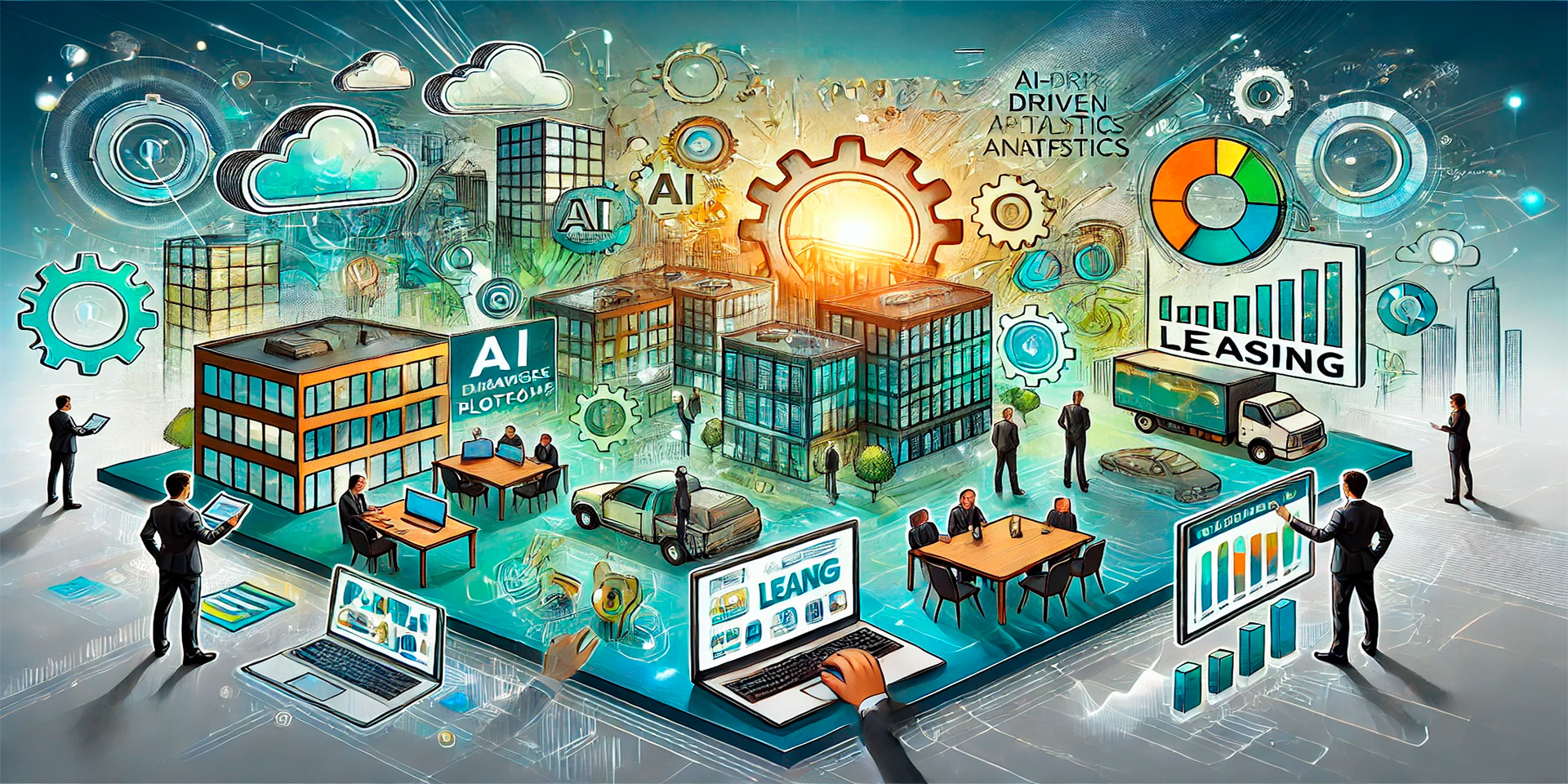The leasing industry is undergoing a transformation, driven by advancements in digital technology that are streamlining the leasing process, enhancing efficiency, and providing more transparency for businesses. From automated lease management platforms to AI-driven analytics, technology is reshaping how businesses approach leasing agreements, making it easier to acquire assets, manage payments, and track leased items in real-time.
This article explores how digital tools are changing the leasing landscape and the benefits these innovations offer to businesses seeking more efficient and flexible leasing solutions.
Streamlined Lease Application and Approval Processes
One of the most significant ways technology is transforming leasing is by streamlining the lease application and approval process. Traditionally, securing a lease required extensive paperwork, multiple rounds of negotiations, and long wait times for approval. However, with the introduction of digital platforms, businesses can now complete lease applications online, submit necessary documents electronically, and receive approvals within a fraction of the time.
Digital leasing platforms allow businesses to quickly compare different lease options, submit applications, and sign agreements using electronic signatures. This not only accelerates the leasing process but also reduces the administrative burden for both lessors and lessees. For businesses looking to acquire assets quickly, digital leasing tools provide the speed and convenience necessary to remain competitive in fast-paced markets.

AI and Data Analytics for Tailored Leasing Solutions
Artificial intelligence (AI) and data analytics are revolutionizing how businesses approach leasing decisions. By analyzing a company’s financial health, industry trends, and asset usage patterns, AI-driven platforms can recommend tailored leasing options that meet the specific needs of the business. These personalized leasing solutions allow companies to optimize their asset management strategies, ensuring they get the best value from their leases.
For example, AI can analyze a retailer’s sales data and recommend leasing options for store fixtures and equipment that align with seasonal demand or market fluctuations. This level of customization helps businesses avoid overpaying for assets they don’t fully utilize, while also ensuring they have the equipment they need during peak periods.
Automation of Lease Management
Managing multiple leases can be a complex and time-consuming task, especially for businesses that lease a variety of assets such as equipment, vehicles, or real estate. Digital lease management platforms are helping businesses automate many of the administrative tasks associated with leasing, such as tracking payments, monitoring asset usage, and managing lease renewals.
These platforms provide real-time visibility into all active leases, making it easier for businesses to stay on top of their lease agreements and avoid missed payments or penalties. Automated alerts can notify businesses of upcoming lease expirations, giving them the time needed to renegotiate terms or return leased assets. This automation reduces the risk of costly errors and helps businesses manage their leases more efficiently.

Enhanced Transparency and Communication
In the digital age, transparency is a key priority for businesses entering into leasing agreements. Digital platforms allow both lessors and lessees to access clear, detailed information about lease terms, payment schedules, and asset conditions. This increased transparency builds trust between both parties and reduces the potential for disputes.
Cloud-based leasing systems also facilitate better communication between lessors and lessees. With shared access to lease agreements and related documentation, businesses can resolve questions or concerns quickly without needing to rely on lengthy email chains or in-person meetings. This improved communication streamlines the leasing process and ensures both parties are on the same page throughout the duration of the lease.
Real-Time Asset Tracking and Monitoring
For businesses that lease physical assets like vehicles, machinery, or IT equipment, keeping track of those assets is critical. Advances in Internet of Things (IoT) technology and GPS tracking are enabling businesses to monitor their leased assets in real-time. This capability not only helps businesses optimize the use of their assets but also provides valuable data on asset performance and usage patterns.
For example, a logistics company leasing a fleet of trucks can use GPS tracking to monitor the location, mileage, and fuel consumption of each vehicle. This data can help the company identify opportunities to improve operational efficiency, reduce maintenance costs, and ensure that leased assets are being used as efficiently as possible.
Increased Flexibility with Digital Leasing Models
Digital technology is also driving the rise of more flexible leasing models, such as subscription-based leasing. These models allow businesses to pay for equipment or technology on a monthly subscription basis, offering greater flexibility in how they use and pay for leased assets. Subscription leasing is particularly appealing for businesses in industries where technology evolves rapidly, as it allows them to easily upgrade to newer models without being locked into long-term contracts.
For example, a tech startup might lease the latest software or hardware on a subscription basis, ensuring that they always have access to cutting-edge tools without the financial burden of ownership. As business needs change, subscription leasing allows companies to scale up or down their usage without the constraints of traditional leasing agreements.
Conclusion
Technology is fundamentally changing the way businesses approach leasing, making the process faster, more efficient, and more transparent. From AI-driven leasing solutions to automated lease management platforms, digital tools are helping businesses optimize their leasing strategies, improve cash flow, and stay competitive in a rapidly evolving marketplace. As technology continues to advance, the leasing industry will become even more dynamic, offering businesses greater flexibility and control over their assets.


